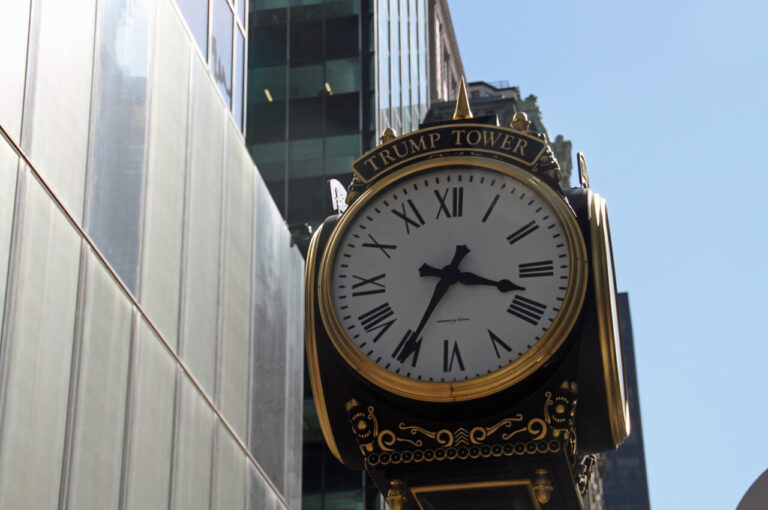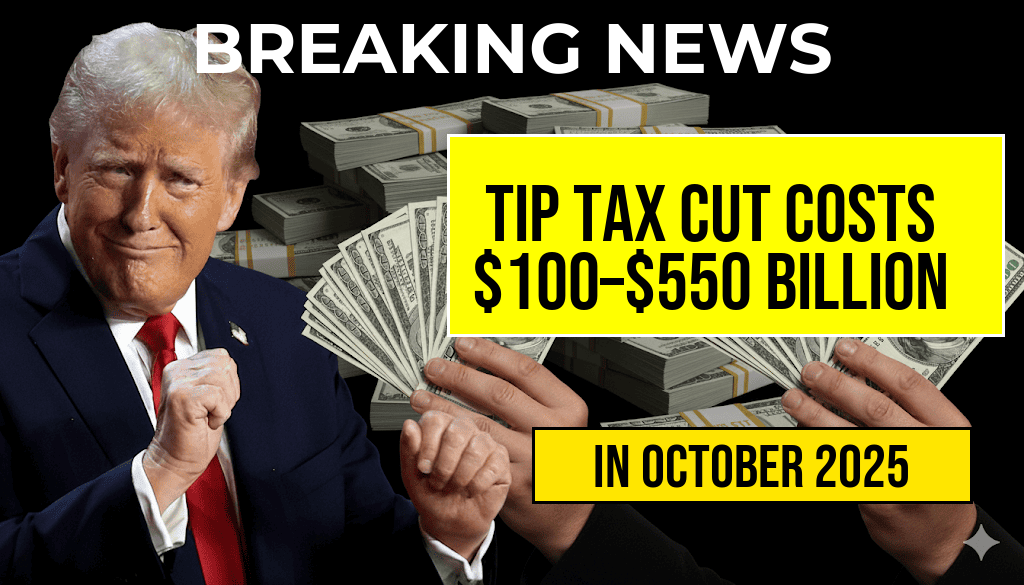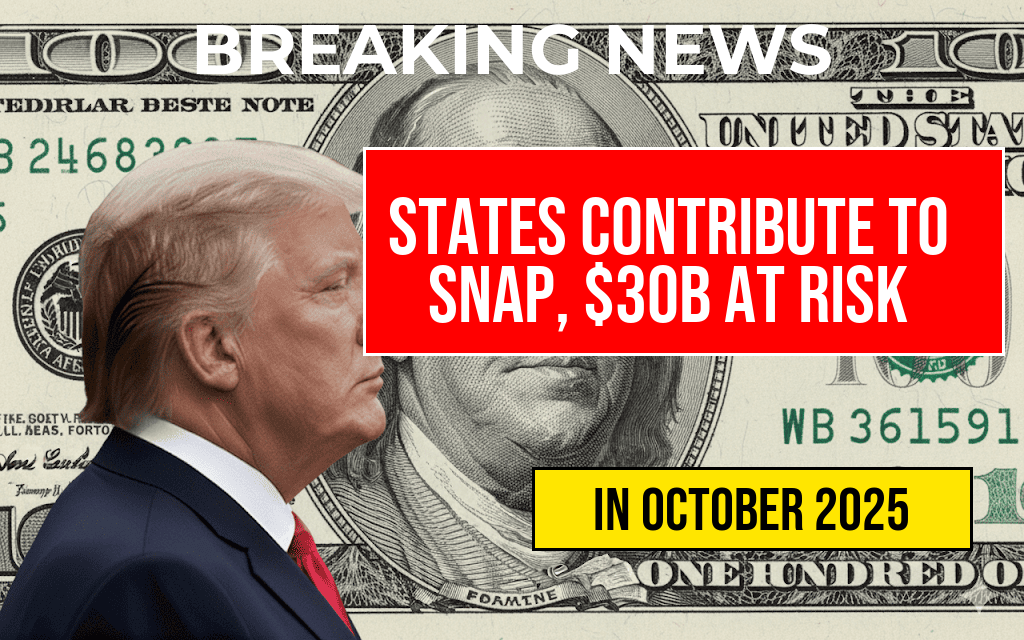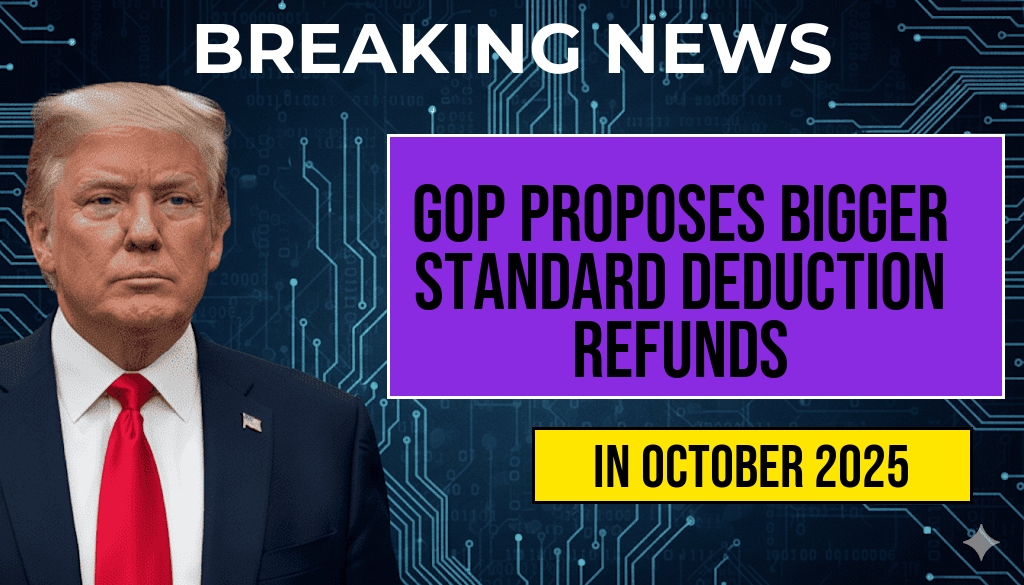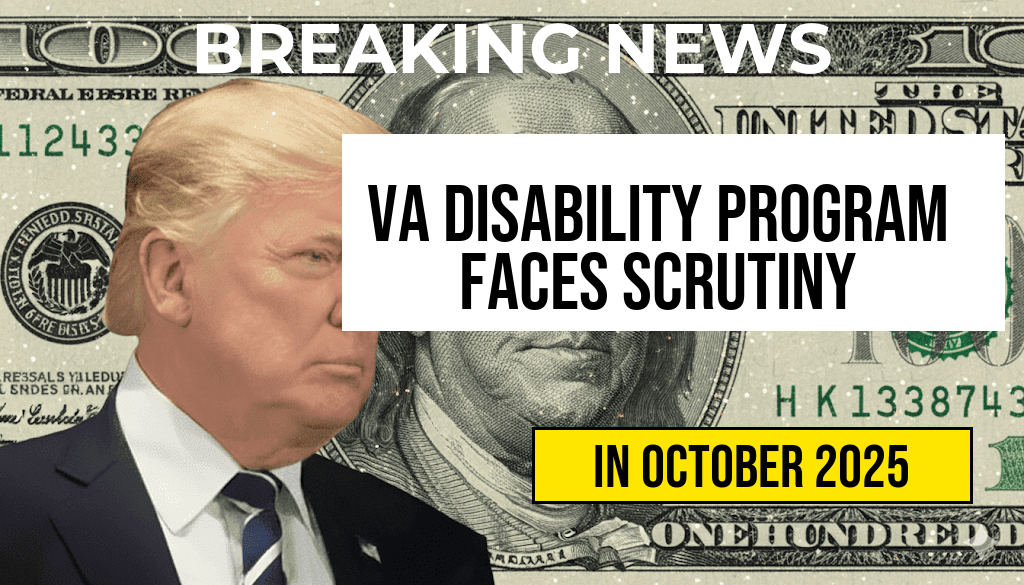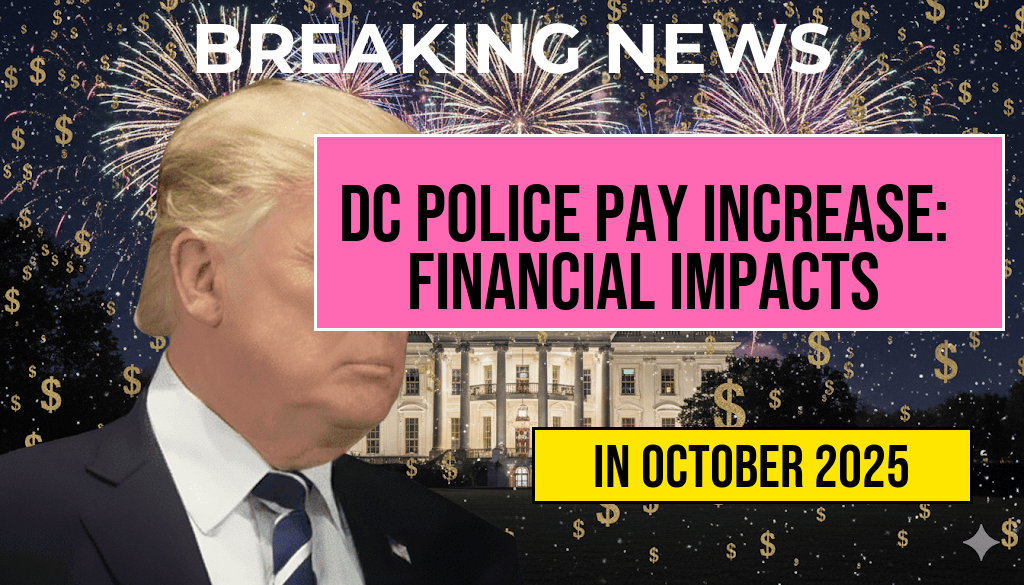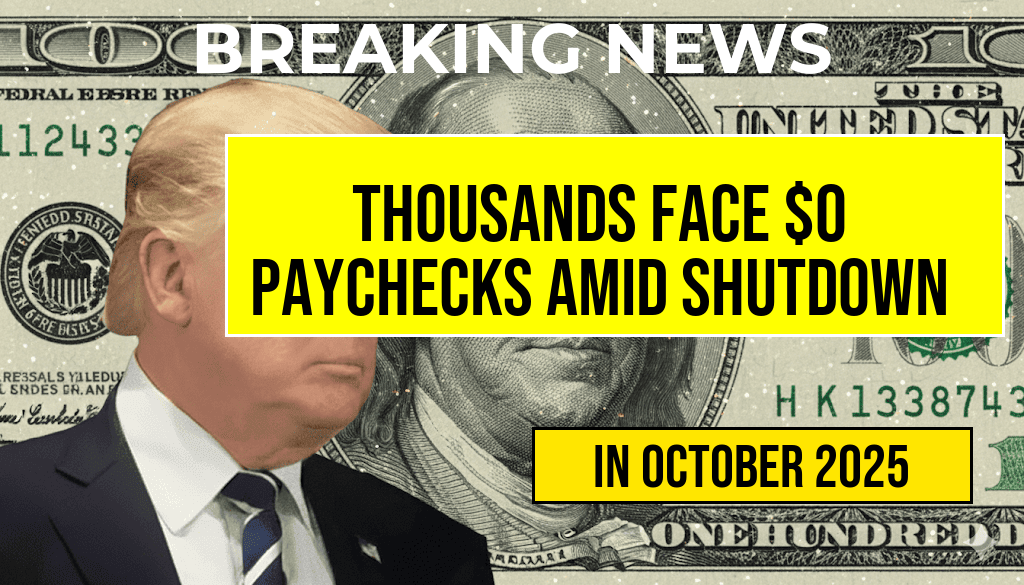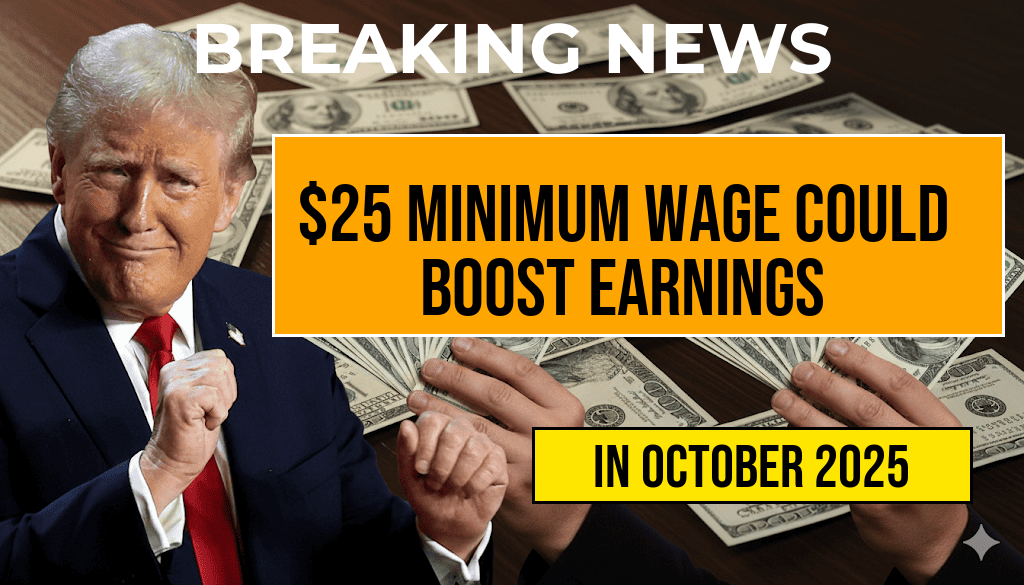A recent analysis reveals that the potential cost of making tips tax-free could range between $100 billion and $550 billion, a staggering price tag that raises questions about the implications for both government revenue and the service industry. This proposal, which has gained traction among certain lawmakers and advocacy groups, aims to relieve employees in sectors like hospitality from taxing their gratuities. However, experts warn that such a move could significantly impact federal and state budgets, which rely heavily on tax revenues. The debate extends beyond mere numbers; it touches on the fairness of taxation, the economic health of low-wage workers, and the broader implications for the U.S. economy. As stakeholders weigh the pros and cons of this tax cut, understanding the financial ramifications is crucial.
Understanding the Proposal
The idea of making tips tax-free is not new, but it has gained momentum in recent congressional discussions. Advocates argue that eliminating taxes on tips would provide much-needed financial relief to workers who often depend on gratuities to supplement their income. Many service workers earn below the federal minimum wage, making tips a critical component of their earnings.
Who Would Benefit?
- Service Workers: Employees in restaurants, bars, and other service industries are the primary beneficiaries. A significant portion of their income comes from tips, which can be inconsistent and unpredictable.
- Small Business Owners: By reducing the tax burden on tips, small business owners might find it easier to attract and retain staff, especially in a competitive labor market.
- Consumers: Lower overall costs for businesses could potentially lead to reduced prices for consumers, as companies pass on some savings.
Financial Implications
According to the Forbes analysis, the estimated $100 billion to $550 billion price tag reflects the potential loss in tax revenues for federal and state governments. The wide range accounts for various factors, including the number of workers affected and existing disparities in tip income across different regions.
Potential Economic Effects
The economic impact of tax-free tips could reverberate across multiple sectors. While it may seem beneficial for workers, the loss of tax revenues could lead to budget shortfalls for essential services such as education, healthcare, and infrastructure. Governments may need to consider alternative revenue sources or cuts in services to offset these losses.
Arguments For and Against
- Supporters: Proponents argue that this change would reduce income inequality among workers and provide a safety net for individuals who often live paycheck to paycheck.
- Opponents: Critics contend that the proposal undermines the tax system’s integrity and places an undue burden on taxpayers to cover the shortfall.
Current Legislative Landscape
As discussions continue in Congress, lawmakers are grappling with the complexities of tax reform. The idea of making tips tax-free has bipartisan support, but it faces opposition from those wary of the fiscal implications. Recent polls indicate a mixed response from the public, reflecting differing opinions on the value of tax-free tips versus the necessity of funding public services.
Public Opinion and Future Prospects
Public sentiment on the issue appears divided. Many service industry workers support the idea, viewing it as a way to enhance their earnings, while others express concern about the long-term economic ramifications. The debate extends beyond immediate financial benefits, touching on broader themes of economic justice and the evolving nature of work in America.
Conclusion
The potential cost of making tips tax-free presents both an opportunity and a challenge for policymakers. As discussions evolve, stakeholders must carefully weigh the benefits for service workers against the broader economic implications. With substantial financial stakes involved, the future of this proposal remains uncertain, hinging on ongoing legislative negotiations and public discourse.
Frequently Asked Questions
What is the estimated cost of making tips tax-free?
The estimated cost of making tips tax-free ranges from $100 billion to $550 billion.
Who would benefit from the tip tax cut?
The tip tax cut would primarily benefit workers in industries that rely heavily on tipping, such as restaurants, bars, and hospitality services.
What are the potential economic impacts of this policy?
The potential economic impacts include increased disposable income for service workers, which could lead to higher consumer spending and stimulate economic growth.
What are opponents saying about the tip tax cut?
Opponents argue that the tip tax cut could lead to significant revenue losses for the government and may disproportionately benefit higher-income earners in the service industry.
How might this policy affect employers in the service industry?
This policy could lead to changes in how employers manage wages and tips, potentially increasing labor costs or altering payment structures to comply with new tax regulations.

